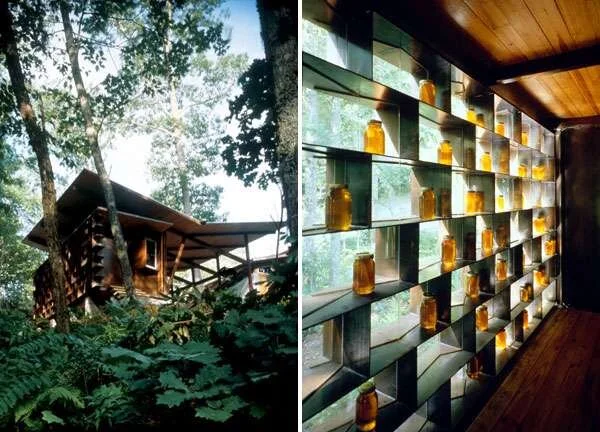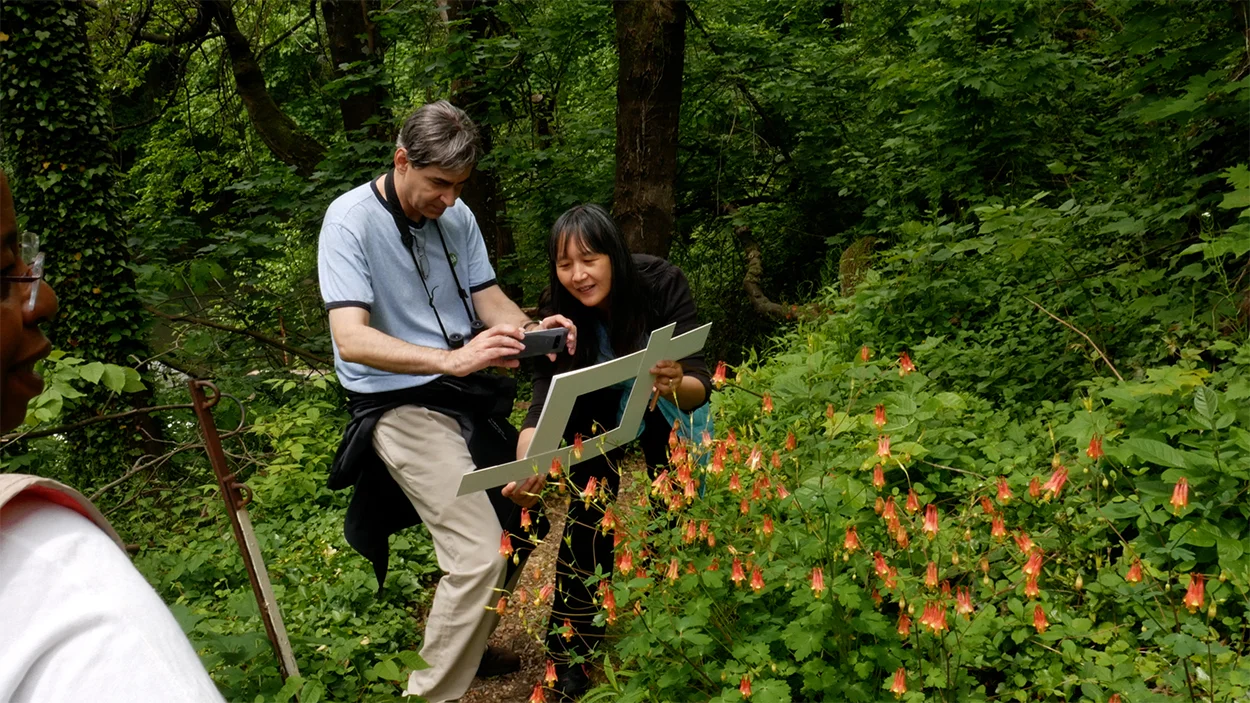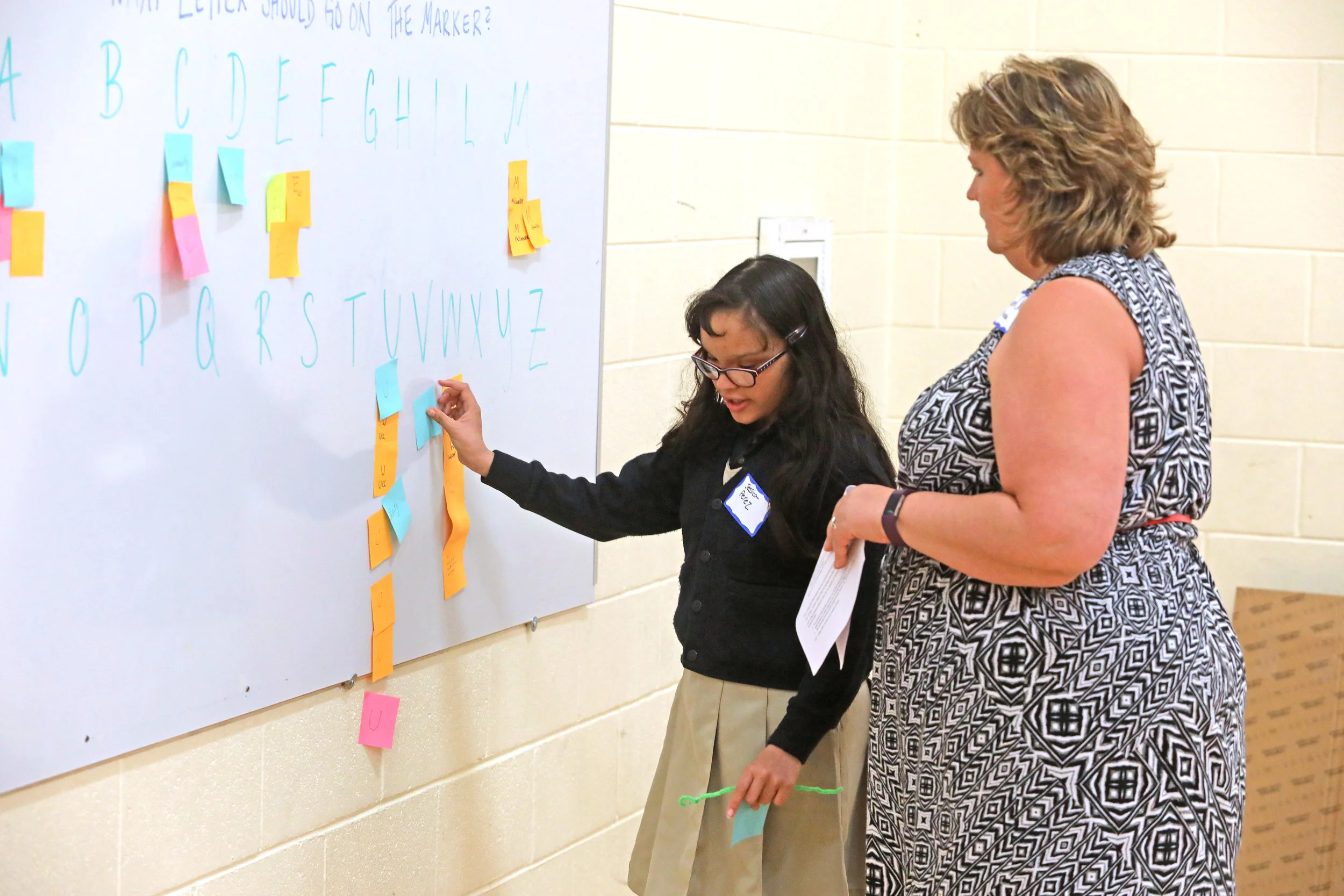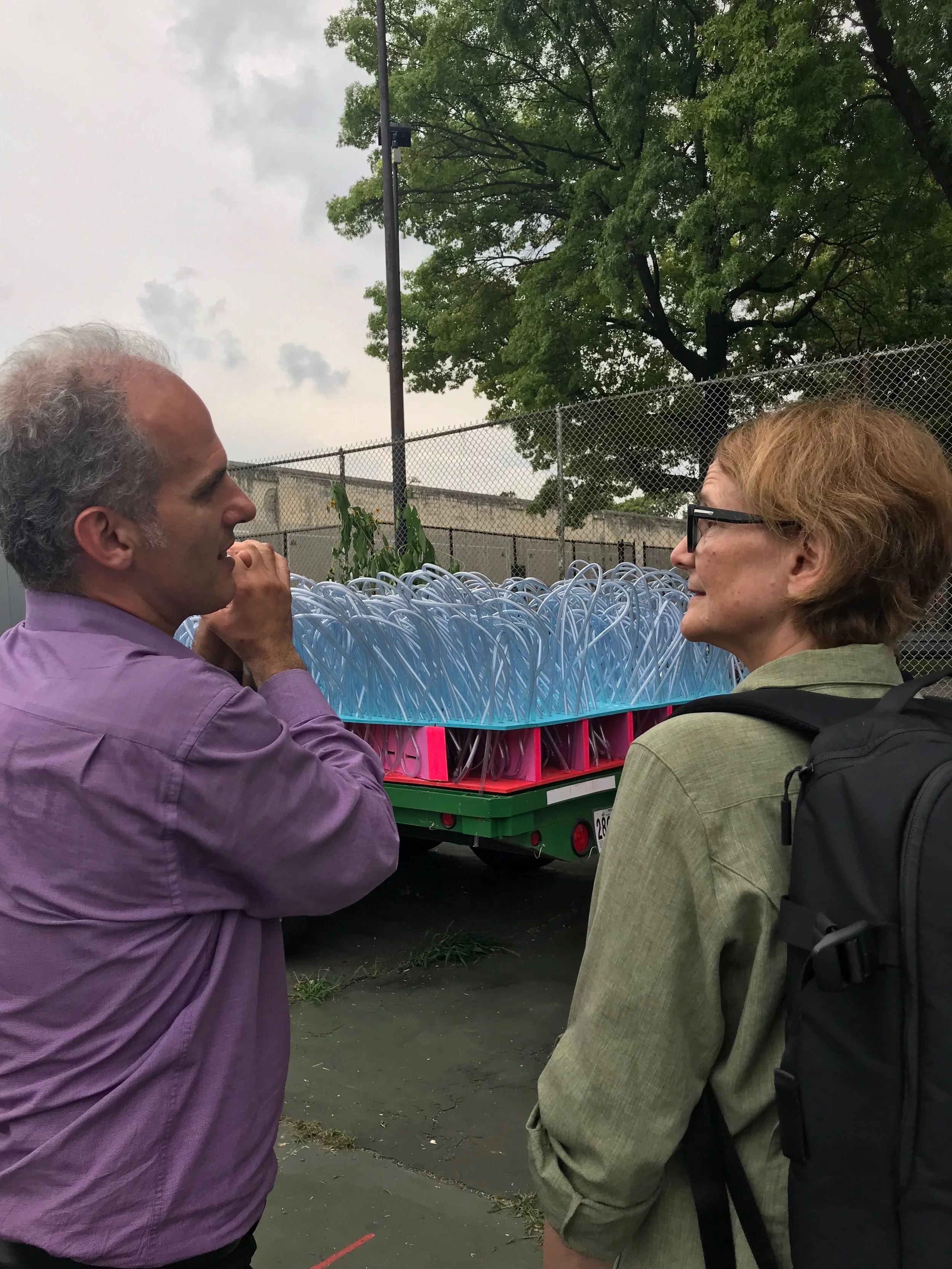The University of Wisconsin-Milwaukee and nonprofit CALL/City as Living Laboratory have received a $2.8 million grant from the National Science Foundation for a multidimensional environmental learning project in Milwaukee including structures that will serve as illuminated beacons to help rally the public around water stewardship through collaborative programming.
Read MoreCity as Living Laboratory (CALL) and University of Milwaukee School of Freshwater Science win prestigious NSF Grant for WaterMarks, demonstrating unique power of artist / scientist collaborations to engage citizens in climate action.
Read MoreCity as Living Laboratory (CALL) has an ambitious goal: to make the complex environmental challenges our cities face tangible and actionable through projects led by artists in partnership with scientists, architects, planners, and community activists. Accomplishing this difficult task takes collaboration across disciplines, practices, and worldviews that may, at first, seem to have little in common. Often this primary challenge – sustainably preparing our communities for the future- is met by an equally complex challenge – how do we actually collaborate? That is why last year’s early December conversation Collaboration: A force for change? between engineer Marlon Blackwell, architect Marty Matlock, and artist Mary Miss was so important.
Read MoreWhen City as Living Lab came into existence in the mid-2000s, founder Mary Miss hoped it would be a space for artists and scientists to collaborate in highlighting environmental issues like climate change, equity, and health through accessible direct experience. While each project has been vital in achieving this goal, Miss considers CALL’s latest project, WaterMarks, the initiative’s fullest realization to date.
Read MoreWhen artist Nicolás Dumit Estévez Raful Espejo was a child, he spent a lot of time planting, playing with mud, and experimenting with flowers and stones. Later, after moving to the city, Estévez set these youthful passions aside, transforming into an artist who tackled topics like immigration and navigating being in two places.
Read MoreThis is the time of change, a time for imagining and then building a better way of living in the world. The Arts and Culture are in the position to lead the way in the creation of a new narrative and contribute to a resilient, sustainable future.
Read MoreWe’re truly living in an unprecedented moment in which all of our lives- and plans- have radically shifted. On March 13th, CALL made the decision to transition all of our staff to remote working. Over the past two weeks, we have been strategizing how to sustain and advance our programs, and support our partners: the artists, scientists, and community leaders who are developing solutions to urgent environmental issues of climate, equity, and health.
Read MoreLed by urbanist Stephen Fan & economic botanist Valerie Imbruce, Mapping Food Systems will take participants on a walk through Chinatown’s unique and robust food system, in which farms growing specialty fruits and vegetables are integrated with street level sidewalk vendors and shops by wholesale brokers.
Read MoreArtist Andrea Polli organizes a walk with nuclear Historian Luis Campos and Activist Tina Cordova on the impact of the atomic bomb on the landscape and people of New Mexico.
Read MoreArtist Natalie Settles, Biologist Charles Beir, and Landscape Architect Kara Smith explore Hays Wood, a former industrial mining site which has returned to the wild and is soon to become a city park. Natalie Settles writes:
Read MoreArtist Jann Rosen-Queralt and ecologist Lea Johnson highlight the way species, water and energy move through the landscape, exposing ecological patterns and processes often overlooked or unseen.
Read MoreArtist Nicolás Dumit Estévez and Ecological Project Manger John Butler lead a contemplative walk through Van Cortlandt Park exploring the deep connection between people and nature.
Read MoreArtist Portia Cobb & environmental engineer Tory Kress led a walk engaging the public in envisioning the future of Milwaukee’s 30th Street Corridor. Formerly the industrial powerhouse of the City, many of the manufacturing jobs have since left, leaving economic hardship and vacant land in this area.
Read MoreArtist Katie Kehoe organizes a walk with climatologist Jagadish Shukla and performance artist Heloisa Escuerdo exploring the impact of climate change and sea level rise in the lowlands of the United States’ capitol city. This walk was hosted by George Mason University Provisions Library.
Read MoreCity as Living Laboratory (CALL) to partner with creative thinkers in six cities to catalyze urban sustainability efforts through CALL/WALKS on May 4 and May 5.
Read MoreBob Braine discusses the inspiration behind his practice, and about how Estuary Tattoos fits in with his overall trajectory as an artist.
Read MoreThrough her role as a science teacher at UCC Acosta Middle School, Shannon Olson has engaged her students in being a meaningful part of CALL’s WaterMarks project in Milwaukee. Shannon talks to us here about the path that lead to to becoming a middle school science teacher and the inspiration she draws from the young people she works with.
Read MoreFor the past two years, SLO Architecture and CALL have been developing plans for a mobile model wetland, Finding Tibbetts 2.0, that would take the public on an interactive journey in finding Tibbetts Brook. Starting July of this year, we were finally ready to make those plans a reality.
Read More
















